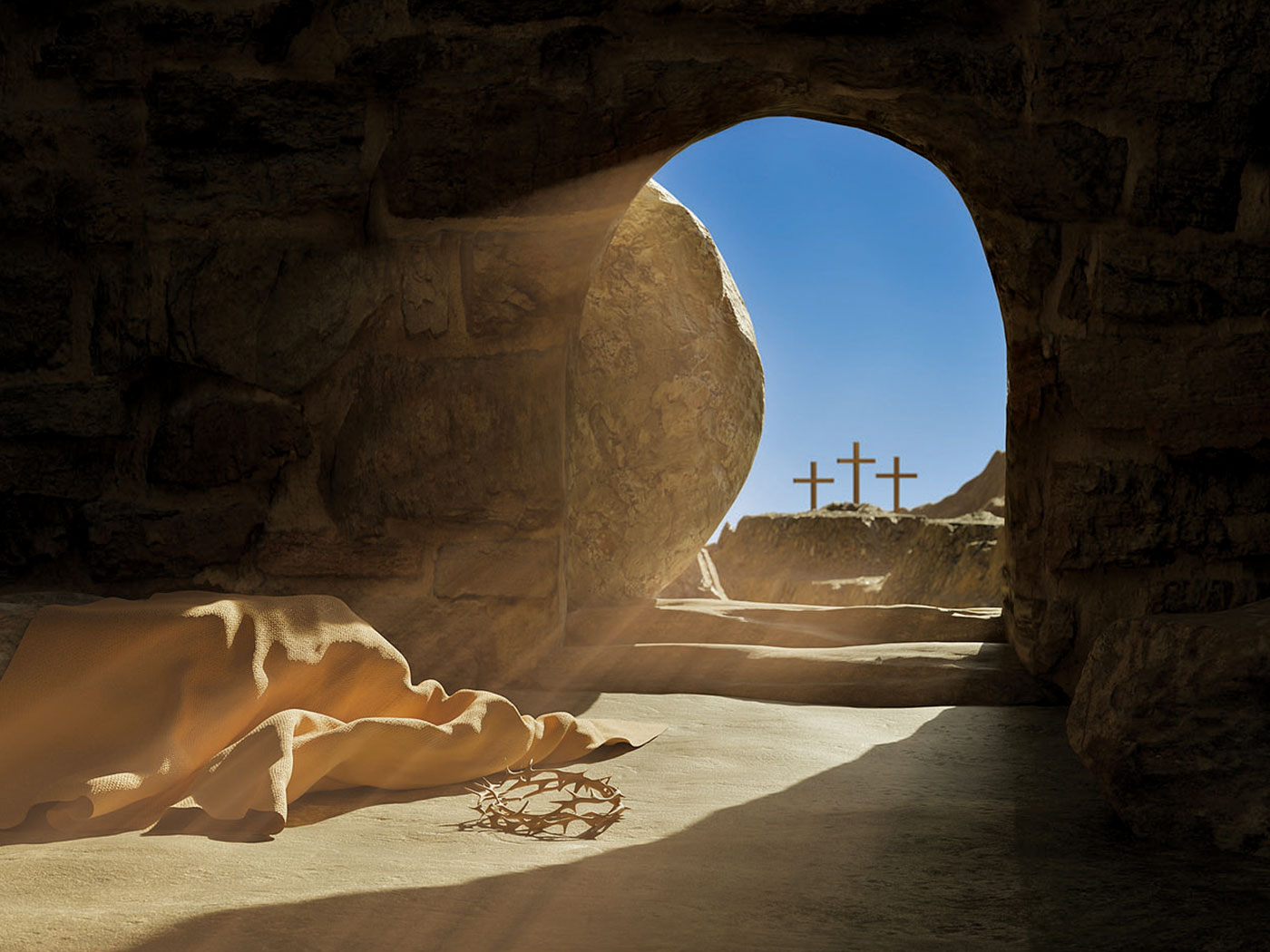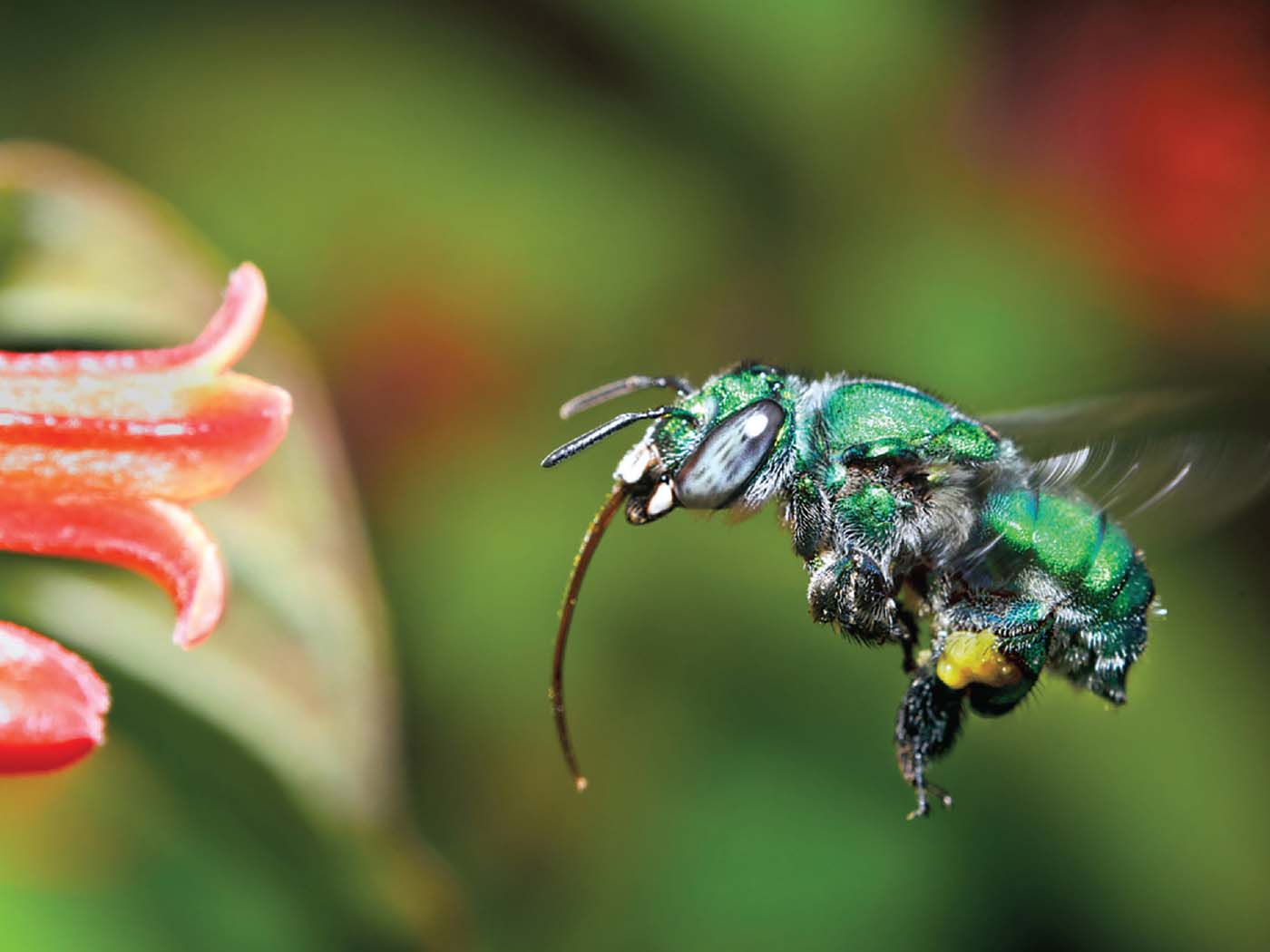"Enormous," "tremendous," "staggering"—all these are adjectives used by geneticist Francisco Ayala to describe the amount of variation that can be expressed among the members of a single species.1 Human beings, for example, range from very tall to very short, very dark to very light, soprano to bass, etc., etc. This tremendous amount of variation within species has been considered a challenge to creationists. Many ask: "How could the created progenitors of each kind possess enough variability among their genes to fill the earth with all the staggering diversity we see today and to refill it after a global flood only a few thousands years ago?"
If we use Ayalas figures, there would be no problem at all. He cites 6.7 % as the average proportion of human genes that show heterozygous allelic variation, e.g., straight vs. curly hair, Ss. On the basis of "only" 6.7 % heterozygosity, Ayala calculates that the average human couple could have 102017 children before they would have to have one child identical to another! That number, a one followed by 2017 zeroes, is greater than the number of sand grains by the sea, the number of stars in the sky, or the atoms in the known universe (a "mere" 1080)!
A single human couple could have been created with four alleles (two for each person) at each gene position (locus). Just two alleles for vocal cord characteristics, V and v, are responsible for the variation among tenor (VV), baritone (Vv), and bass (vv) singing voices in men, and hormone influences on development result in soprano (VV), mezzo-soprano (Vv), and alto voices (vv) as expressions of the same genes in women. Furthermore, several genes are known to exist in multiple copies, and some traits, like color, weight, and intelligence, depend on the cumulative effect of genes at two or more loci. Genes of each different copy and at each different locus could exist in four allelic forms, so the potential for diversity is staggering indeed!
Even more exciting is the recent discovery that some genes exist as protein coding segments of DNA separated by non-coding sequences called "introns." In addition to other functions, these introns may serve as "cross-over" points for "mixing and matching" subunits in the protein product.2 If each subunit of such a gene existed in four allelic forms, consider the staggering amount of variation that one gene with three such subunits could produce! It is quite possible that such a clever—and created—mechanism is the means by which the information to produce millions of specific disease-fighting antibodies can be stored in only a few thousand genes.
Besides the positive contributors to genetic diversity described above, there is also one major negative contributor: megation. Believe it or not, orthodox evolutionists have tried to explain all the staggering variation both within and among species on the basis of these random changes in heredity called "mutations." What we know about mutations, however, makes them entirely unsuitable as any "raw materials for evolutionary progress."
As Ayala says, mutations in fruit flies have produced "extremely short wings, deformed bristles, blindness and other serious defects." Such mutations impose an increasingly heavy genetic burden or genetic load on a species. In her genetics textbook, Anna Pai makes it clear that "the word load is used intentionally to imply some sort of burden" that drags down the genetic quality of a species.3 The list of human mutational disorders, or genetic diseases, for example, has already passed 1500, and it is continuing to grow.
By elimination of the unfit, natural selection reduces the harmful effects of mutations on a population, but it cannot solve the evolutionists genetic burden problem entirely. Most mutations are recessive. That is, like the hemophilia ("bleeder's disease") gene in England's Queen Victoria, the mutant can be carried, undetected by selection, in a person (or plant or animal) with a dominant gene that masks the mutant's effect.
Time, the usual "hero of the plot" for evolutionists, only makes genetic burden worse. As time goes on, existing mutants build up to a complex equilibrium point, and new mutations are continually occurring. That is why marriage among close relatives (e.g. Cain and his sister) posed no problem early in human history, even though now, thanks to the increase in mutational load with time, such marriages are considered most unwise. Already, 1% of all children born will require some professional help with genetic problems, and that percentage doubles in first-cousin marriages.
Genetic burden, then, becomes a staggering problem for evolutionists trying to explain the enormous adaptive variation within species on the basis of mutations. For any conceivable favorable mutation, a species must pay the price or bear the burden of more than 1000 harmful mutations of that gene. Against such a background of "genetic decay," any hypothetical favorable mutant in one gene would invariably be coupled to harmful changes in other genes. As mutational load increases with time, the survival of the species will be threatened as matings produce a greater percentage of offspring carrying serious genetic defects.1,3
As the source of adaptive variability, then, mutations (and orthodox evolution theories) fail completely. As a source of "negative variability," however, mutations serve only too well. Basing their thinking on what we observe of mutations and their net effect (genetic burden), creationists use mutations to help explain the existence of disease, genetic defects, and other examples of "negative variation" within species.
Mutations are "pathologic" (disease-causing) and only "modify what pre-exists," as French zoologist Pierre-Paul Grassé says, so mutations have "no final evolutionary effect."4 Instead, mutations point back to creation and to a corruption of the created order. There are 40-plus variants of hemoglobin, for example. All are variants of hemoglobin; that points back to creation. All are less effective oxygen carriers than normal hemoglobin; that points back to a corruption of the created order by time and chance.
At average mutation rates (one per million gene duplications), a human population of one billion would likely produce a thousand variant forms of hemoglobin. Lethal mutants would escape detection, and so would those that produced only minor changes, easily masked by a dominant normal gene. It is likely then, that the 40 or so recognized hemoglobin abnormalities represent only a small fraction of the genetic burden we bear at the hemoglobin position.
According to a new school of thought, "the neutral theory of molecular evolution," much of the staggering variation within species is due to mutations that are either neutral (without effect) or slightly deleterious.5 Such a theory offers no comfort to the evolutionist trying to build grander life forms from mutations, but it is an expected consequence of the creation-corruption model. Interestingly, says Kimura, the amount of variation within species is too great for selection models of evolution, but too little for the neutral theory. He suggests that recent "genetic bottlenecks" have set back the "molecular clock" that otherwise ticks off mutations at a relatively constant rate. Scientists who recognize the fossil evidence of a recent global flood are not at all surprised, of course, that data suggest a recent "genetic bottleneck" which only a few of each kind survived!
Now, what about the time factor in the creation model? How long would it take, for example, to produce all the different shades of human skin color we have today?
There are several factors that contribute subtle tones to skin colors, but all people have the same basic skin coloring agent, the protein called melanin. We all have melanin skin color, just different amounts of it. (Not a very big difference, is it?) According to Davenport's study in the West Indies, the amount of skin color we have is influenced by at least two pairs of genes, A-a and B-b.
How long would it take AaBb parents to have children with all the variations in skin color we see today? Answer: one generation. Just one generation. As shown in the genetic square, one in 16 of the children of AaBb parents would likely have the darkest possible skin color (AABB); one brother or sister in 16 would likely have the lightest skin color (aabb); less than half (6/16) would be medium-skinned like their parents (any two "capital letter" genes); and one-quarter (4/16) would be a shade darker (3 capital letter genes) and a shade lighter (1 capital letter).
|
MAXIMUM VARIATION AaBb x AaBb |
AB | Ab | aB | ab | |
| AB |
AA BB |
AA Bb |
Aa BB |
Aa Bb |
ONLY DARK AABB |
| Ab |
AA Bb |
AA bb |
Aa Bb |
Aa bb |
ONLY MEDIUM AAbb or aaBB |
| aB |
Aa BB |
Aa Bb |
aa BB |
aa BB |
|
| ab |
Aa Bb |
Aa bb |
aa Bb |
aa bb |
ONLY LIGHT aabb |
What happened as the descendants of our first parents (and of Noah's family) multiplied over the earth? If those with very dark skin color (AABB) moved into the same area and/or chose to marry only those with very dark skin color, then all their children would be limited to very dark skin color. Similarly, children of parents with very light skin color (aabb) could have only very light skin, since their parents would have only "small a's and b's" to pass on. Parents with genotypes AAbb or aaBB would be limited to producing only children with medium-skin color. But where people of different backgrounds get back together again, as they do in the West Indies, then their children can once again express the full range of variation.
Except for mutational loss of skin color (albinism), then, the human gene pool would be the same now as it might have been at creation-just four genes, A, a, B, b, no more and no less. Actually, there are probably more gene loci and more alleles involved, which would make it even easier to store genetic variability in our created ancestors. As people multiplied over the earth (especially after Babel), the variation "hidden" in the genes of two average-looking parents came to visible expression in different tribes and tongues and nations.
The same would be true of the other created kinds as well: generalized ("average. looking") progenitors created with large and adaptable gene pools would break up into a variety of more specialized and adapted subtypes, as descendants of each created kind multiplied and filled the earth, both after creation and after the Flood.
There is new evidence that members of some species (including the famous peppered moth) may actually "choose" environments suitable for their trait combinations.6 If "habitat choice" behavior were created (and did not have to originate by time, chance, and random mutations!), it would reduce the genetic burden that results when only one trait expression is "fittest," and it would also greatly accelerate the process of diversification within species.
Research and new discoveries have made it increasingly easy for creationists to account for phenomenal species diversification within short periods of time. These same discoveries have only magnified problems in orthodox neo-Darwinian thinking. It is encouraging, but not surprising, therefore, that an increasing number of students and professionals in science are accepting the creation model as the more logical inference from scientific observations and principles.
The scientist who is Christian can also look forward to the end of genetic burden, when the creation, now "subjected to futility" will be "set free from its bondage to decay, and obtain the glorious liberty of the children of God" (Romans 8).
References
1. Ayala. Francisco, "The Mechanisms of Evolution," Scientific American, V. 239, No. 3, 1978, pp. 56-69.
2. Kolata, Gina, "Genes in Pieces." Science, V. 207. No. 4429, 1980, pp. 392-393. (Note also the emphasized quotation on P. 393: "A number of molecular biologists believe there is more to the extra DNA than the evolutionary theories imply.")
3. Pai, Anna. Foundations of Genetics New York: McGraw-Hill Book Co., 1974, pp. 248-249.
4. Grassé, Pierre-Paul, Evolution of Living Organisms, New York: Academic Press, 1977, as quoted by William Bauer, "Review of Evolution of Living Organisms" " Acts and Facts, Impact No. 76, 1979.
5. Kimura, Motoo, "The Neutral Theory of Molecular Evolution," Scientific American V. 241, No. 5, 1979, pp. 98-126.
6. Powell, Jeffrey, and Charles Taylor, "Genetic Variation in Diverse
Environments," American Scientist, V.67, No. 5, 1979, pp. 590-596.
* At time of publication, Dr. Gary E. Parker was a Research Associate in Bioscience at the Institute for Creation Research and taught Genetics and Biosystematics at Christian Heritage College, El Cajon CA. He is the senior author of several programmed instruction textbooks in biology.
Cite this article: Parker, G. 1980. Creation, Mutation, and Variation. Acts & Facts. 9 (11).









